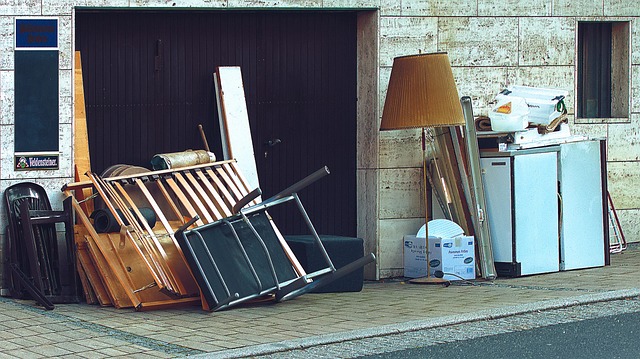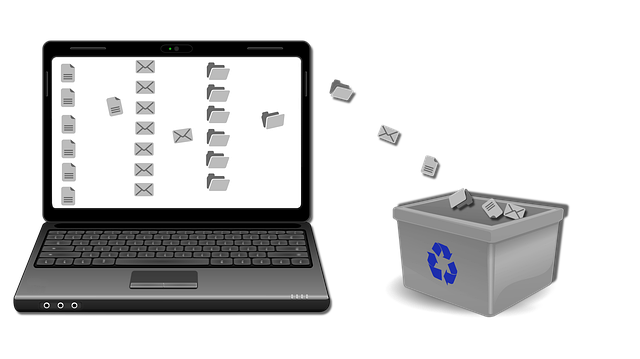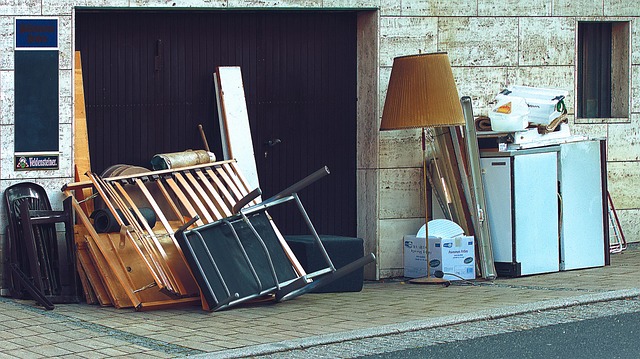The text explores the concept of home organization and decluttering, emphasizing that clutter often reveals deeper issues like habits, priorities, and emotional connections. It highlights the importance of identifying root causes—such as lack of storage, impulsive buying, or difficulty letting go—to effectively manage clutter. Key strategies include regular 15-minute decluttering sessions, adopting a mindful consumption mindset, utilizing adaptive storage solutions (like labeled boxes, baskets, and vertical space), and establishing consistent daily routines to maintain order. These practices aim to transform chaotic spaces into calm, functional environments, enhancing well-being and productivity.
Taming chaos in your living spaces isn’t just about aesthetics; it’s a journey towards clarity and peace of mind. This article guides you through the process of achieving organized homes, focusing on understanding and addressing the root causes of clutter. We’ll explore practical strategies for decluttering, offering time-tested techniques to transform cluttered areas into serene oases. Additionally, learn long-term methods to sustain organization, ensuring a calm and uncluttered environment that supports your well-being. Discover the power of home organization and decluttering today.
- Understanding the Chaos: Recognizing Clutter and Its Causes
- Strategies for Taming the Mess: Practical Tips for Decluttering
- Creating Order: Sustaining Organized Living Spaces Long-Term
Understanding the Chaos: Recognizing Clutter and Its Causes

Understanding the Chaos: Recognizing Clutter and Its Causes
In today’s fast-paced world, home organization and decluttering can seem like daunting tasks. The accumulation of clutter over time often creates a sense of overwhelm, making it difficult to navigate living spaces. Clutter is more than just disorganization; it’s a visual representation of our habits, priorities, and emotional connections. By recognizing the causes behind the chaos—such as lack of storage solutions, impulsive buying, or difficulty letting go—we can begin to tackle the issue systematically.
Identifying sources of clutter helps us make informed decisions about what to keep, donate, recycle, or discard. Home organization isn’t just about creating neat and tidy spaces; it’s a process of simplifying our lives. Through mindful practices like regular decluttering sessions, establishing designated areas for items, and adopting a conscious consumption mindset, we can transform chaotic living spaces into calm, functional environments that support our well-being and productivity.
Strategies for Taming the Mess: Practical Tips for Decluttering

Taming chaos and creating organized living spaces starts with practical strategies for decluttering. The first step is to embrace minimalism, removing items that are no longer needed or used. Start by sorting through each room, categorizing items as keep, donate, recycle, or trash. This process not only reduces clutter but also provides a clear view of the space you have available.
Implementing storage solutions like labeled boxes, baskets, and shelves can help keep items organized. Utilize vertical spaces by installing floating shelves or utilizing under-bed storage containers to maximize your home’s capacity. Regularly scheduled decluttering sessions—say, 15 minutes each day—can prevent the build-up of clutter, making it easier to maintain a calm and peaceful living environment. Incorporating these strategies into your routine will transform your space, enhancing both the aesthetic appeal and functionality of your home through effective home organization and decluttering practices.
Creating Order: Sustaining Organized Living Spaces Long-Term

Creating order is key to sustaining organized living spaces long-term. After the initial decluttering phase, it’s essential to establish a routine that supports home organization. Incorporate daily habits such as making your bed, assigning specific locations for each item, and setting aside 15 minutes at the end of each day to put everything back in its place. This consistent effort prevents clutter from creeping back in and ensures your space remains inviting and stress-free.
Regularly reviewing and adjusting your storage solutions is also vital. As you live in and use your space, you may discover new needs or preferences. Be open to reconfiguring shelves, adding more storage containers, or even getting rid of items that no longer serve a purpose. Remember, home organization is an ongoing process—a dynamic tapestry that adapts to the changing seasons of life.
By understanding the root causes of clutter and implementing practical strategies for decluttering, anyone can transform their living spaces into havens of organized calm. Home organization isn’t about perfection; it’s about creating systems that work for you. With sustained effort and a bit of discipline, maintaining a tidy home becomes an achievable goal, allowing you to enjoy your living spaces and focus on what truly matters.
